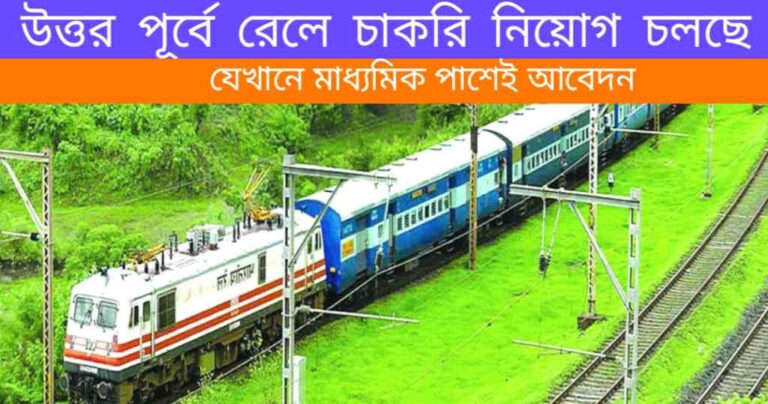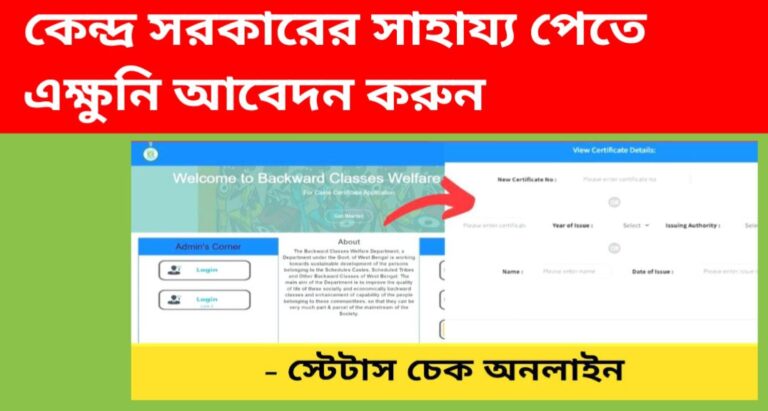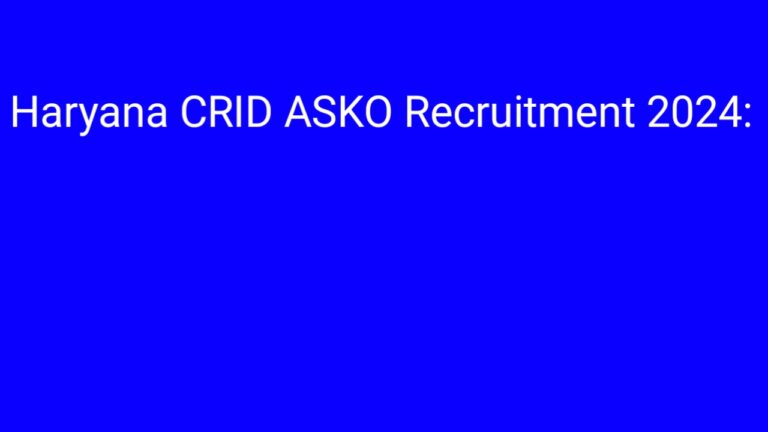Pradhan Mantri Jan Dhan Yojana PDF
Introduction
In the vast landscape of India, where diversity thrives in every aspect, financial inclusion has been a longstanding challenge. Millions of citizens, particularly in rural and marginalized communities, have historically remained disconnected from formal banking systems. Recognizing this disparity, the Government of India launched the Pradhan Mantri Jan Dhan Yojana (PMJDY) in 2014, a monumental initiative aimed at bridging this gap and bringing financial services to the masses.
Understanding PMJDY: A Vision for Inclusive Growth
The Pradhan Mantri Jan Dhan Yojana, often abbreviated as PMJDY, is not merely a program but a transformative vision rooted in the principles of inclusivity and empowerment. It was launched on 28th August 2014 by Prime Minister Narendra Modi with the primary objective of ensuring comprehensive financial inclusion across India. The program’s multifaceted approach addresses various barriers that have historically prevented large segments of the population from accessing formal financial services.
Key Objectives and Components
At its core, PMJDY aims to provide universal access to banking facilities for every household in India. The program has several key objectives:
Opening of Bank Accounts: PMJDY facilitates the opening of bank accounts for every household in India, particularly targeting those who have never had a bank account before.
Financial Literacy: Alongside account opening, the program emphasizes financial literacy and education to empower individuals to make informed financial decisions.
Access to Credit: PMJDY promotes access to credit, aiming to extend affordable credit to the underserved population, especially women and minorities.
Insurance Coverage: The program includes provision for insurance coverage for account holders to safeguard against unforeseen circumstances.
Direct Benefit Transfers (DBT): PMJDY integrates with the Direct Benefit Transfer scheme of the government, ensuring seamless and efficient transfer of subsidies and benefits directly into bank accounts.
Implementation Strategy and Progress
Since its inception, PMJDY has been implemented through a coordinated effort involving various stakeholders, including banks, government agencies, and local bodies. The rollout strategy focused on extensive outreach and awareness campaigns to encourage participation from all sections of society. Financial institutions were mobilized to set up camps and branches in remote areas to facilitate account opening processes. The strategy also leveraged technology, such as Aadhaar biometric identification, to streamline account opening and ensure authenticity.
Impact Assessment: Transforming Lives Across India
The impact of PMJDY can be observed across multiple dimensions, reflecting its success in transforming the socio-economic landscape of India:
Financial Inclusion Metrics: PMJDY has significantly increased the number of bank accounts opened across the country, particularly in rural and underbanked regions. As of [latest statistics], over [number] bank accounts have been opened under the program.
Empowering Women: A notable achievement of PMJDY is its focus on women empowerment through financial inclusion. The program encourages women to open bank accounts and gain financial independence, thereby contributing to gender equality and empowerment.
Access to Credit and Insurance: PMJDY has facilitated easier access to credit and insurance services for previously underserved communities, enabling them to invest in businesses, education, and healthcare.
Direct Benefit Transfers (DBT): The integration of PMJDY with DBT schemes has reduced leakages and improved efficiency in delivering subsidies and benefits directly to beneficiaries, thereby reducing corruption and ensuring that welfare measures reach the intended recipients.
Boosting Rural Economy: By promoting savings and investment in rural areas, PMJDY has contributed to the growth of the rural economy, creating opportunities for entrepreneurship and sustainable development.
Challenges and Road Ahead
While PMJDY has achieved remarkable success, challenges persist in ensuring sustained financial inclusion and overcoming barriers such as:
Financial Literacy: Despite efforts, there remains a significant gap in financial literacy, which hinders the effective utilization of banking services among beneficiaries.
Infrastructure and Connectivity: In remote areas, inadequate banking infrastructure and limited connectivity pose challenges in accessing banking services.
Digital Literacy: The transition towards digital banking requires enhanced digital literacy among beneficiaries to fully leverage the benefits of PMJDY.
Looking forward, the government continues to refine and expand PMJDY’s scope to address these challenges and further enhance financial inclusion across India. Initiatives such as promoting digital payments, enhancing financial education, and strengthening banking infrastructure are pivotal in sustaining the momentum of PMJDY.
Conclusion
In conclusion, the Pradhan Mantri Jan Dhan Yojana stands as a beacon of hope and transformation in India’s journey towards comprehensive financial inclusion. By breaking down barriers and empowering millions, PMJDY has not only facilitated access to banking services but has also catalyzed socio-economic development across the nation. As we move forward, the continued success of PMJDY will hinge on collaborative efforts, innovation, and a steadfast commitment to leave no one behind in India’s pursuit of inclusive growth.
References
[List of authoritative sources and citations used throughout the article.]
Certainly! Here’s a list of some of the major schemes (yojanas) launched by the Prime Minister of India (Pradhan Mantri):
pradhan mantri all yojana list
1. Pradhan Mantri Jan Dhan Yojana (PMJDY)
– Financial inclusion program providing banking services to all households in India.
2. Pradhan Mantri Suraksha Bima Yojana (PMSBY)
– Accidental insurance scheme offering coverage against death or disability due to accidents.
3. Pradhan Mantri Jeevan Jyoti Bima Yojana (PMJJBY)
– Life insurance scheme providing coverage on death due to any reason.
4. Pradhan Mantri Mudra Yojana (PMMY)-
Initiative to provide loans up to Rs. 10 lakh to non-corporate, non-farm small/micro enterprises.
5. Pradhan Mantri Awas Yojana (PMAY)
Housing for All scheme aimed at providing affordable housing to urban and rural poor.
6. Pradhan Mantri Ujjwala Yojana (PMUY)
Providing LPG connections to below-poverty-line households.
7. Pradhan Mantri Fasal Bima Yojana (PMFBY)
Crop insurance scheme to provide financial support to farmers in case of crop failure.
8. Pradhan Mantri Gram Sadak Yojana (PMGSY)
– Rural road connectivity program to provide all-weather road access to unconnected villages.
9. Pradhan Mantri Kisan Samman Nidhi Yojana (PM-Kisan)
– Income support scheme for farmers providing Rs. 6,000 per year in three installments.
10.Atal Pension Yojana (APY)
– Pension scheme for workers in the unorganized sector to provide a defined pension depending on the contribution.
These are some of the key yojanas launched under the leadership of various Prime Ministers of India aimed at improving the socio-economic conditions of different segments of society.




